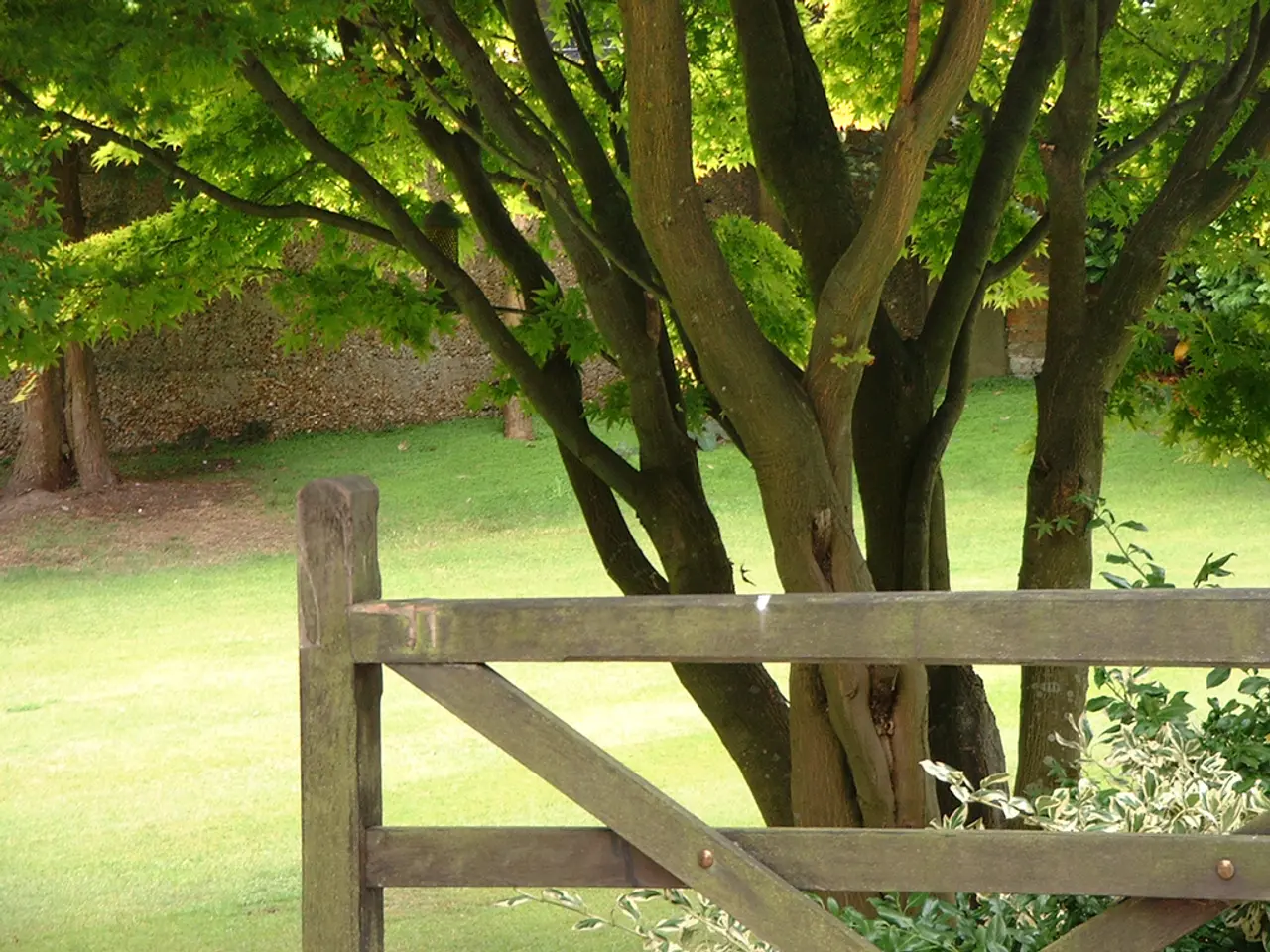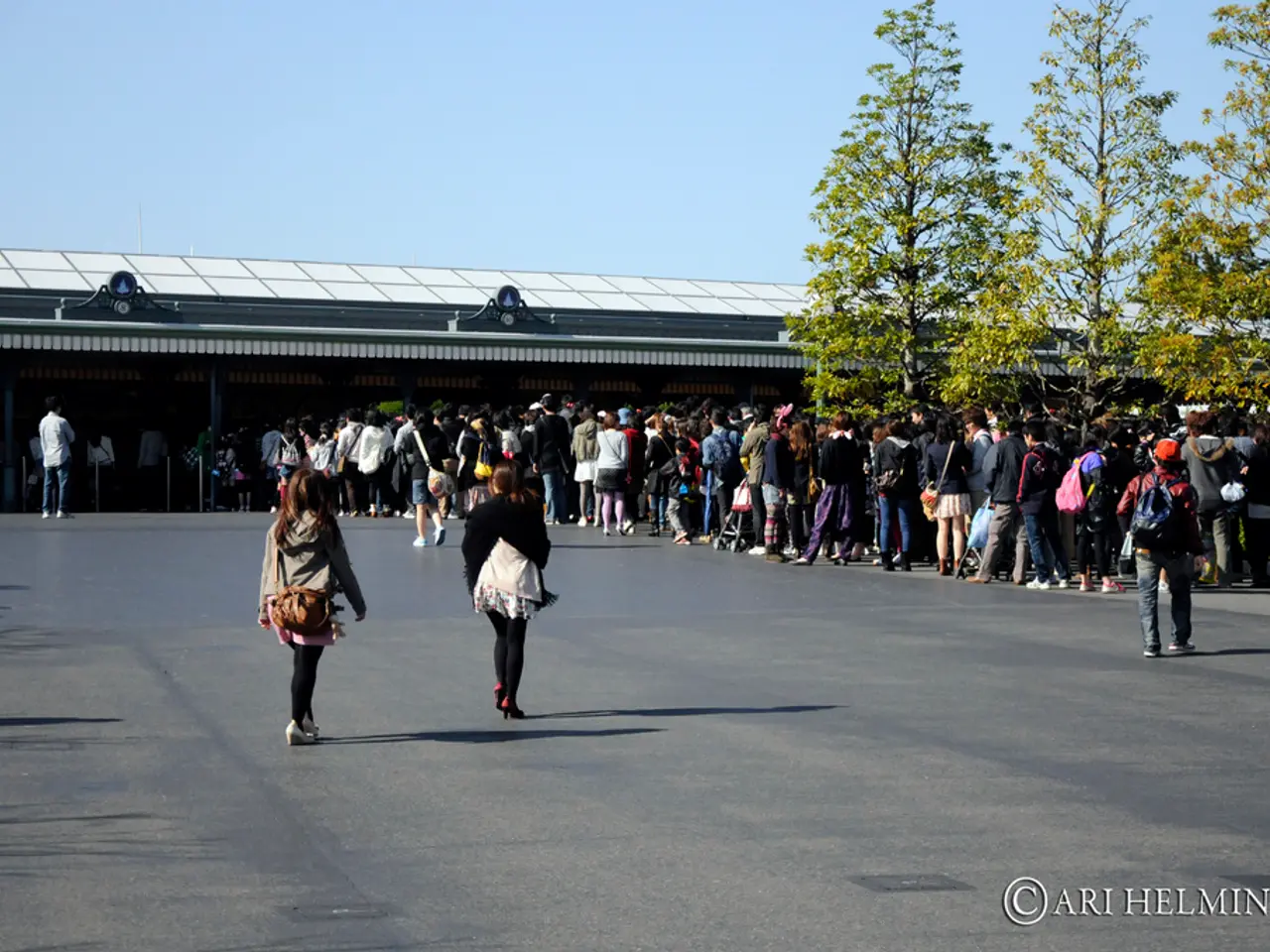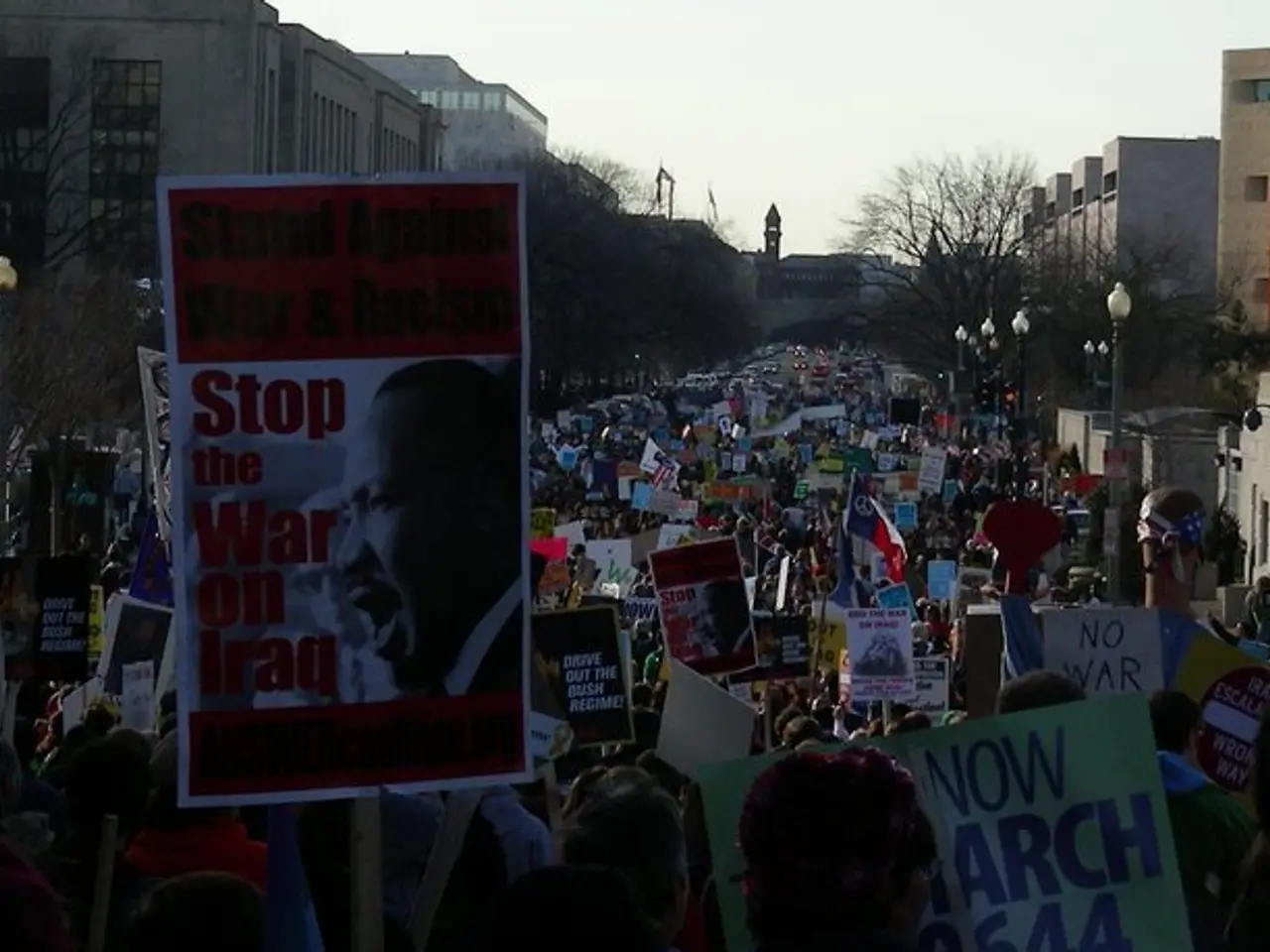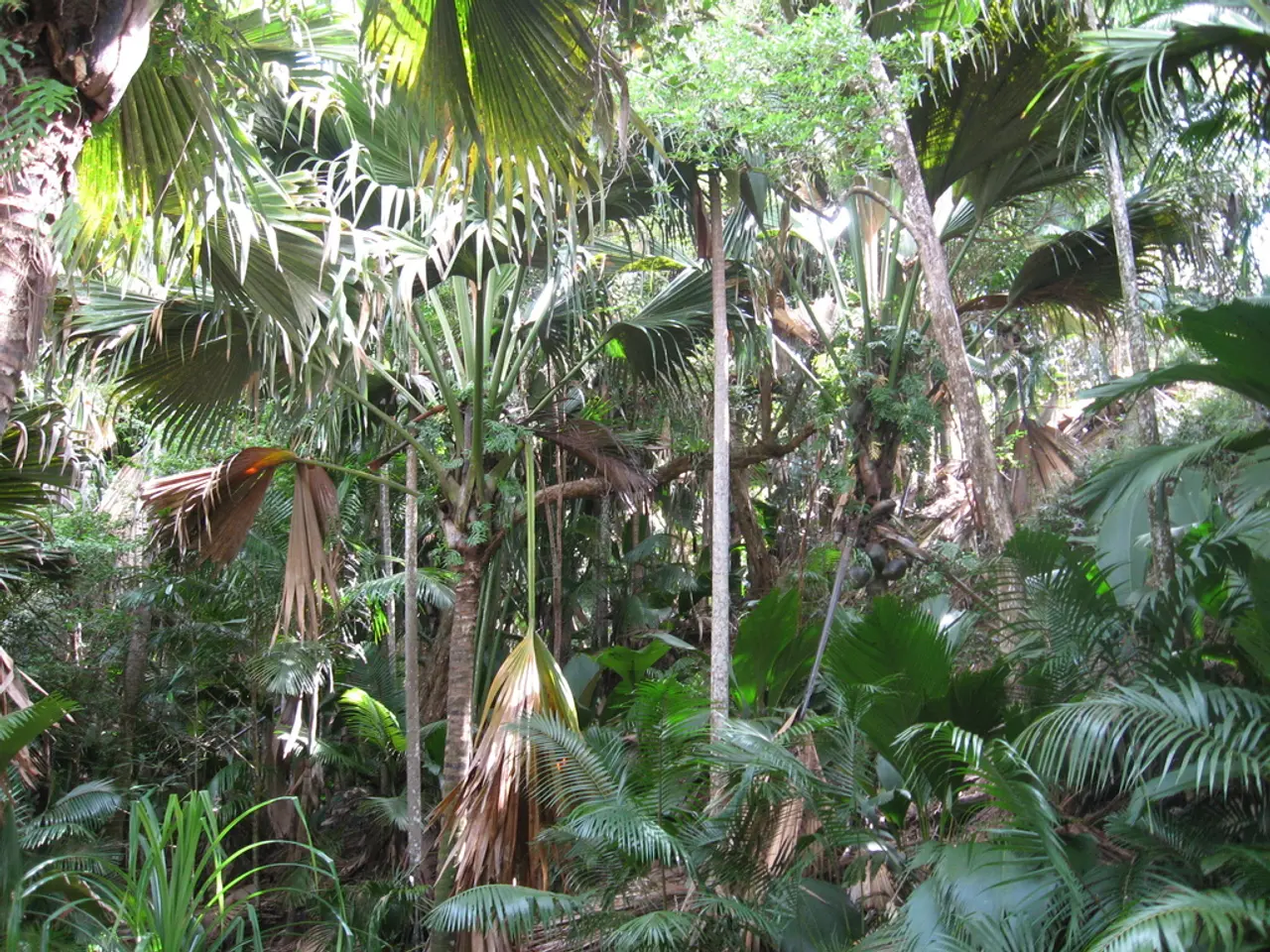Political Gray Area: Lacking in Substance Rather than Actionable Policy?
In a bid to address the nation's housing crisis, the government has set an ambitious target to deliver 1.5 million homes by the end of this parliament. To achieve this, a strategic approach is being adopted, which includes a review of the Green Belt policy. However, it's essential to understand that this review should be seen as a part of a wider strategy to bolster housing supply and not the only means of doing so.
The Green Belt, a protective measure designed to prevent urban sprawl and preserve open spaces, has been a subject of debate recently. The introduction of the Grey Belt designation in the 2024 National Planning Policy Framework (NPPF) marked a significant shift in Green Belt policy in decades. Grey Belt sites, which make a weaker contribution to Green Belt purposes, have a lower threshold for housing development approval compared to traditional Green Belt land.
This policy change has sparked controversy, with concerns about local infrastructure capacity, environmental impact, and loss of countryside character. Critics argue that the government's vague definitions of Grey Belt undermine local planning controls and environmental protections. On the other hand, proponents emphasize the potential for attractive, primarily 'green' spaces that significantly boost both the aesthetic and biodiverse qualities of the land, and the opportunity to unlock underused land for affordable and sustainable housing.
It's important to note that the idea that housing developments are all tarmac and no trees is no longer accurate. New communities can be designed to be eco-friendly and harmonious with their surroundings. The amount of land in England designated as Green Belt has increased by around 1.7% for the past two years, and London's Green Belt is now more than three times the size of Greater London itself and twice that of Luxembourg.
A fundamental review of the Green Belt is proposed as a key part of the solution to deliver the government's housing targets in a sustainable manner. However, it's crucial to remember that a review of the Green Belt does not necessarily mean a reduction in the Green Belt. Keir Starmer, the Labour Party leader, has accepted that the Green Belt must be reviewed to address the housing crisis.
The debate surrounding the Green Belt and Grey Belt policy is ongoing, with local resistance and legal challenges shaping its practical outcomes. As the government pushes forward with its housing targets, striking a balance between meeting these targets and preserving the environment will be crucial. The future of the Green Belt, and by extension, the future of sustainable housing development in the UK, remains to be seen.
References:
- The Guardian
- The Telegraph
- The Times
- BBC News
- The government's housing policy regeneration involves a fundamental review of the Green Belt policy, aiming to strike a balance between meeting housing targets and preserving the environment.
- The introduction of the Grey Belt designation in the 2024 National Planning Policy Framework is part of the wider strategy to boost housing supply, despite concerns about its impact on infrastructure, environment, and local planning controls.
- The debate about the Green Belt and Grey Belt policy is a hot topic in general news and politics, with the future of sustainable housing development in the UK heavily dependent on its outcomes.








